#David Oliver Relin
Explore tagged Tumblr posts
Link
Check out this listing I just added to my Poshmark closet: Three Cups of Tea by Greg Mortenson David Oliver Relin NY Times Bestseller book.
0 notes
Text
“I’ve learned that terror doesn’t happen because some group of people somewhere like Pakistan or Afghanistan simply decide to hate us. It happens because children aren’t being offered a bright enough future that they have a reason to choose life over death.”
#three cups of tea#one mans mission to promote peace#one school at a time#greg mortenson#david oliver relin#books#book quote#quote#public library#nonfiction#autobiography#memoir#biography#travel
4 notes
·
View notes
Text
Good People Doing Good Things - Dr. Sanduk Ruit & Dr. Geoffrey Tabin
Good People Doing Good Things – Dr. Sanduk Ruit & Dr. Geoffrey Tabin

View On WordPress
#cataract surgery#CureBlindness.org#David Oliver Relin#Dr. Geoffrey Tabin#Dr. Sanduk Ruit#Himalayan Cataract Project#Nicholas Kristof#Second Suns
0 notes
Text
Reflections on a Year of Reading Afghanistan Literature
Titles Read:
-Three Cups of Tea by David Oliver Relin and Greg Mortenson
-Shooting Kabul by N.H. Senzai
-Under the Persimmon Tree by Suzanne Fisher Staples
-The Kite Runner by Khaled Hosseini
Word Count: 785
General Reflections:
When I was choosing a country to complete my independent reading assignment, I had the goal to learn more about a country that I was interested in but did not have much exposure to. Then I came across Afghanistan, which has rich culture and lot’s of history as well. Afghanistan has fought many wars and struggled a lot to become its own independent country. After reading Afghanistan literature, I learned a lot about the traditions and lifestyle followed by Afghans. In addition to that, I read about the struggle that women have to go through so they can be educated. Throughout the books that I read during this assignment, I realized that women play a key role in providing food and care for the family. I have always been intrigued to learn more about the rights that women have.There is a lot of culture and customs that are passed down by generations and generations which I thought was fascinating to read about. The country of Afghanistan is much more than buildings and houses falling into ruins. I read about the unknown beautiful rivers, monuments and mountains of Afghanistan. I think that there are so many things that are unseen about this country and more people should start to learn more about it.
What I Have Learned About Life From Afghanistan Literature:
From David Olver Relin and Greg Mortenson’s book, Three Cups of Tea, I’ve learned about how one mountaineer was capable of changing the lives of countless kids, women, and men of Afghanistan. The main character in this book was sedulous and due to his hard work and dedication, created such positive changes. In hopes to climb the K2 mountain he went to Afghanistan but ended up helping out those who are struggling with poverty and girls' educational rights. He was looked upon as an idol and role model throughout the villages he went to assist and people would give him blessings.
After reading Shooting Kabul, by N.H. Senzai, I’ve learned about the struggles that come along with having to adjust in a new country. The main character, Fadi, is forced to leave his home along with his family in order to stay safe. The Taliban were commencing a war on Afghanistan and it was extremely dangerous to stay. But fleeing from one country to another state across seas was difficult for Fadi and his family. Fadi was looked down upon because of coming from an immigrant background. Fleeing from Afghanistan and settling in America was a new, uncomfortable experience for a young twelve-year-old kid. Even with all of the racism and criticism, he struggled through it and always stood up for himself.
From Suzanne Fisher Staples, Under the Persimmon Tree, I’ve learned about the difficulties that women have to face in countries that have least affordable necessities and education. Many girls are told to learn how to cook, clean and do the basic chores at home. Similar to the main character, Najhma, who was a happy young girl and lived with her family until the disaster hit. Bombings in Afghanistan were killing hundreds and among those hundreds, Najhma’s mother and younger brother were killed. Najhma’s older brother and father were forcefully taken in captive by the Taliban. They had high power and were capable of doing anything.
After reading The Kite Runner, by Khaled Hosseini, I’ve learned about the bond and strong relationship between Hassan and Amir. Even though both of these characters have endured many hardships throughout their life, they have always stayed by each other. Amir comes from a wealthy Afghan family, while Hassan comes from a less fortunate family where his father is a servant. Despite these differences in social class, Amir and Hassan have been best friends since they were young. It shows how friendship is an important thing in life. Along with that, you should always be yourself no matter what other people think about you.
What I Learned About Myself And Reading:
After completing independent reading for 20 weeks I have learned a lot about myself and Afghanistan as well. I feel that reading literature from a country which I am interested in makes me want to read more about it. Exploring various books about Afghanistan allowed me to understand the difference in writing style of genres. This assignment also helped me enhance my vocabulary and comprehension skills. The books I read for this assignment were very interesting and made me want to read more about the culture in Afghanistan. I think one of the biggest takeaways from this independent reading assignment is that reading different types of literature about one specific area or region allows you to gain more knowledge. Along with that, you will be in the habit of reading and it will help you learn new words as well.
6 notes
·
View notes
Link
best audiobooks for kids : Three Cups of Tea by David Oliver Relin, Greg Mortenson | Kids
Listen to Three Cups of Tea new releases best audiobooks for kids on your iPhone, iPad, or Android. Get any BOOKAUDIO by David Oliver Relin, Greg Mortenson Kids FREE during your Free Trial
Written By: David Oliver Relin, Greg Mortenson Narrated By: Vanessa Redgrave, Atossa Leoni Publisher: Listening Library (Audio) Date: January 2009 Duration: 4 hours 0 minutes
#Three Cups of Tea: Young Reader's Edition#Three Cups of Tea Audiobook#Audiobook#Kids#David Oliver Relin#Greg Mortenson#Vanessa Redgrave#Atossa Leoni
0 notes
Video
youtube
(via https://www.youtube.com/watch?v=-T7eH_Q7GL4)
Three Cups of Tea: One Man's Mission to Promote Peace ... One School at a Time by Greg Mortenson and David Oliver Relin
Criticism discussion on Goodreads: https://www.goodreads.com/topic/show/2128688-criticism-of-three-cups-of-tea 60 minutes story: http://www.cbsnews.com/news/questions-over-greg-mortensons-stories-19-04-2011/ New York Times piece: http://www.nytimes.com/2011/04/21/opinion/21kristof.html
0 notes
Text
Three Cups Of Tea by Greg Mortenson and David Oliver Relin
Three Cups Of Tea by Greg Mortenson and David Oliver Relin
Find the #1 NYT Bestseller Three Cups Of Tea by Greg Mortenson and David Oliver Relin from your local library. Click Check on Amazon to read book reviews on Amazon. Click Google Preview to read chapters from Google Books if available. Click Find in Library to check book availability at your local library. If the default library is not correct, follow Change Local Library to reset it. Three Cups…

View On WordPress
0 notes
Text
Download PDF Second Suns: Two Doctors and Their Amazing Quest to Restore Sight and Save Lives -- David Oliver Relin
Download Or Read PDF Second Suns: Two Doctors and Their Amazing Quest to Restore Sight and Save Lives - David Oliver Relin Free Full Pages Online With Audiobook.

[*] Download PDF Here => Second Suns: Two Doctors and Their Amazing Quest to Restore Sight and Save Lives
[*] Read PDF Here => Second Suns: Two Doctors and Their Amazing Quest to Restore Sight and Save Lives
0 notes
Text
Three Cups of Tea And Its Dark History
The dark history of Three Cups of Tea
I wrote this book review thinking that I was going to just going to post a normal review. But as I did the research, I found out a dark history hidden behind the pages of Three Cups of Tea by Greg Mortenson and David Oliver Relin. What was supposed to be a philanthropist novel turned into a money-grabbing scheme that tarnished the reputation of a journalist and then some. Three Cups of Tea:…

View On WordPress
0 notes
Text
A 17th century (ish) leather mug

A coworker of mine who is involved with Living History at Agecroft Hall found out that I do leatherworking as a hobby and asked me to make her a leather mug. She requested that it look right, but didn’t mind if I used some modern means to accomplish that end.
In order to make a leather mug that looked like one from the 17th century (Agecroft’s Living History portrays the family in 1631), I had to figure out what a 17th century jack looked like! Making things a little more difficult was the fact that my coworker portrays a servant, so she needed a lower class mug to fit her impression. Until fairly recently, museums were mostly interested in upper class objects (looking at you, Victorians!), so lower class items can be hard to find references for in museum collections. I was able to find two auction house listings for 17th century leather mugs, though - one dated to 1680 - 1720 from David Charles Dodge Antiques and one dated to the 17th century from Hiscock and Shepard Antiques. It was the latter that I referenced heavily in my own mug -

Because I don’t necessarily trust antique sellers as much as I trust museums when it comes to dating objects (which is probably unfair on my part), I compared the general construction of the jacks I found to that of 16th/17th century leather bombards in museum collections. The Museum of London has one dating to the 16th or 17th century (item number 4566), and Warwick Castle has two massive leather bombards. Some common features between the smaller mugs sold by the auction houses and the larger bombards from the museums include the double rows of stitching and the odd triangular handles. It seems like round handles are more common on 18th century jackware.
I also found a bit of discussion about 17th century leather mugs in Oliver Baker’s “Black Jacks and Leather Bottells”:
“OF LEATHERN MUGS
In addition to the huge tankards known as bombards and the big jugs called black jacks, ancient leather pots are sometimes me with, which as so small as scarcely to be dignified by either of those names; neither have they their vaired contour nor their characteristic build. They are simply “mugs” of leather. Though always included in the term “black jacks,” these mugs during the 16th century were more frequenty called “gispens”… The term “Gispen,” usual in the 16th and 17th centuries for a leathern mug, is so spelt in Halliwell’s “Dictionary of Archaic Words,” and also in Nare’s Glossary. Palsgrave in his “Lesclaircissement de la Lange Francoyse,” printed in 1523, calls it “gyspen potte,” and translates it “pot de cuir.” There were “xiii lethern Gyspens” at Westminster Abbey at the Dissolution. They are mentioned in “An Inventory of the Buttereye remaynynge in the Custodye of Gabrell Palley to thuse of the late Abbotte.” (Printed in Transactions of Lon. and Middx. Archaeo. Soc., Vol. IV., p.356.)” - Baker, Oliver (1921). “Black Jacks and Leather Bottells”, p. 125
“In an inventory of 1540, now at Belvoir Castle, were among the goods of Lord Sande’s “In the Buttery. Item vii gallon potts of lether, and vii gyspins, one wt another iiiid.”
According to Bishop Kennet the gispen was a leather jack and was in use at Winchester (Lands. MSS., 1033.). In the Computus of the Bursar of Winchester College, jacks holding as much as a gallon are called gispens. The following entry occurs in 1569. “Sol pro iij lagenis de corio vocat ly gyspyns ad usum scholarium et serventium, iijs iijd.” (Annals of Winchester College, 1982, p. 227.)
In the Legend of Captain Jones, written by the Rev. D. Lloyd in 1648, is the passage:
“In this great disaster
Raymond the soldier’s mariner and master
Lost heart and head to rule; then upstart Jones
Calls for six gispins, drinks them off at once.” Etc.
In the Roxburghe collection of ballads is one of about 1665 called “The King of Good Fellows or the Merry Toper’s Advice,” in which the same vessel is alluded to:
“Twas I that lately drunk a Pint pot
Filled with Sack unto the brim,
And to my Friend, and he drank his Pot
So merrily went about the Whim;
Two gaspins at a draught I poured down my throatl
But hang such trifling things as these!
I laid me all along, put my nose unto the Bung
And drank out a Hogshead-full with ease.”(Roxburghe Ballads, Part XVIII, Vol VI, p. 502)
The “gespins atte the Picher-house” are mentioned in the Ordinances of Charles II, while the purchase by the same King of three gispens, and of a “Gespin” and some black jacks by Charles I is mentioned in Chapter VIII of the present work.
It is certain that in old times, cups a mugs of leather were few in number compared to jacks of larger sizes, if it were only because of the immense number of wooden cups which were in use, till comparatively modern days.” - Baker, Oliver (1921). “Black Jacks and Leather Bottells”, p. 126
“It will be seen therefore that with wooden cups in such numbers the necessity for leather pots of small size would not seem to be great, and that in fact records of them are scarce, partly because in old documents the sizes are rarely given. The reference to a pint cup of leather already mentioned is quite exceptional, for though “pottillers of lether” and “gallons of lether” are often specified and leather tankards are distinguised from leather cans, any smaller than “stopes” are rarely met with.
LATE LEATHER MUGS
There is in Salisbury Museum a very small jack which is of especial interest as having a date upon it. It is of very unusual shape, especially for a small one, being tubby and globose instead of straight and mug-like. On a panel reaching right across the front are the letters R.S.M., 1658.” - Baker, Oliver (1921). “Black Jacks and Leather Bottells”, p. 128
So, thanks to Mr. Baker, I know that I should be calling the leather mug a gispen, and while small ones like the one requested by my coworker were somewhat unusual, it should be “straight and mug-like”, much like the Hiscock and Shepard example.
With all that in mind, I started work on the mug. I made it from three pieces of heavy leather (3/16th of an inch thich, or 12 oz) - a molded leather bottom, a single piece forming the sides and handles, and a handle-shaped piece to add additional strength and width to the handle. This first thing I did was mold the bottom -

I don’t know if the original bottoms were molded before stitching, but giving the bottom some structure makes the stitching easier. If the originals were molded, I imagine that wooden molds were used. I am no woodworker, unfortunately, so I used a lid and a thermos to shape the leather. I have since learned that folks making these mugs often use a piece of PVC and a hose clamp to shape this piece, which is brilliant, and definitely what I will use in the future!
After I let the leather dry, I trimmed it to shape and cut out the other pieces -

Next I punched stitching holes for the handle and along the bottom of the sides. After stitching the handle together, I shoved the bottom into the body of the mug and punched stitching holes with an awl into the bottom through the ones I had already made along the bottom of the sides.
Here it is all stitched together -

Since my coworker requested period looking, but not necessarily period correct, I used a modern thread to hold the thing together and modern Eco-Flo leather dye to turn the mug black. I sealed it with beeswax using a method similar to the described here, applying a thin coat to the outside and a thicker coat on the inside. Pitch would be more authentic, and while I have used brewer’s pitch before (for my costrel), my coworker was a little leery of it. If she changes her mind down the road, it will be easy enough to reline the mug, though!

Overall, I’m pretty pleased with how it turned out! While it’s not terribly authentic, it looks right, which was the goal. If you’d like to see a black jack done extremely authentically, check out this write-up on Skill Cult - I was blown away when I found it!
5 notes
·
View notes
Link
Check out this listing I just added to my Poshmark closet: Three Cups of Tea by Greg Mortenson David Oliver Relin NY Times Bestseller book.
0 notes
Text
Every Wednesday morning, I write about good people who are giving of themselves, their time, their money, or whatever resources they have to help others. Some weeks I write about millionaire philanthropists, or foundations, other weeks, average, everyday people like you and me who are doing small things that make big differences in the lives of others. Today I would like to introduce you to a pair of doctors, Dr. Sanduk Ruit, a Nepalese eye surgeon, and Dr. Geoffrey Tabin, an American eye surgeon and world-renowned mountain climber.
Together, these two eye surgeons have restored sight to more than 150,000 patients in 24 countries. Doctors they’ve trained have restored sight to 4 million more. They are on a mission to completely eradicate preventable and curable blindness in the developing world, and they have made a great start.
In 1995, Drs. Ruit and Tabin founded the Himalayan Cataract Project, which began as a small outpatient clinic in Kathmandu. It has since spread throughout the Himalayas and across Sub-Saharan Africa, providing education and training for local eye-care professionals, and has overseen around 500,000 low-cost, high-quality cataract surgeries.
Dr. Ruit was responsible for developing a simplified technique for cataract surgery that costs only $25 and has nearly a 100% success rate. His method is now even taught in U.S. medical schools, though in the U.S. you will not find cataract surgery for $25.
In 2015, Nicholas Kristof of the New York Times visited Dr. Ruit in Hatauda, in southern Nepal, and observed the process. The patient was a 50-year-old woman, Thuli Maya Thing, who, blinded by cataracts for several years has been unable to work. “I can’t fetch firewood or water. I can’t cook food. I fall down many times. I’ve been burned by the fire. I will be able to see my children and husband again — that’s what I look forward to most.” The process to remove Thuli’s cataracts and replace them with new lenses took about five minutes per eye. When the bandages came off the next day, her vision tested at 20/20!
Thuli Maya Thing
In the United States, cataract surgery is typically performed with complex machines and costs upward of $5,000. When asked in a 2013 interview with Prospero of The Economist why the surgery the same procedure could not be replicated in the U.S., he answered …
“In America we do not have a health-care system, we have a crisis-intervention system where everyone demands and expects the best possible outcome and looks for someone to blame if things are not perfect. We have so much wasted time, so many middle men, redundancies, third-party payers, legal issues.”
All of the Himalayan Cataract Project’s facilities strive to be completely financially self-sustaining through a unique cost-recovery program in which the wealthy patients subsidize the poor patients. One third of the patients pay the full $100 for a complete work-up, modern cataract surgery, and all post-operative care. Twenty percent of the patients pay a smaller amount based on what they are able to pay. The remaining third of the patients receive the cataract surgical care entirely free. With this model, the facilities are able to cover all costs.
Additionally, the doctors have created a system whereby everyone works up to their potential and no one does anything a person with less training can do. This maximizes the most expensive element, which is the time of the doctors and nurses. They have also been able to bring down the material costs through local manufacturing and elimination of waste. Imagine if these methods were used in the industrialized world … we would not need the ongoing healthcare debate we are perpetually undergoing in the U.S.!
Journalist David Oliver Relin shadowed the doctors for nearly two years, an effort that culminated in the book Second Suns, published in June 2013, about the heroic accomplishments of the two doctors. Sadly, the author committed suicide in November 2012 due to controversies over another book he wrote, Three Cups of Tea. I have not read Second Suns, but took a quick glance at the sample on my Kindle, and it seems well worth the read.
I had a good chuckle over a story related by Dr. Tabin:
“One story I enjoyed learning from the book was that Dr Ruit had tried to get rid of me by sending me to work in Biratnagar, Nepal, during the monsoon. At the time I thought I was needed there but in fact it was because he found my enthusiasm annoying. He was sure that the 40-degree heat with 99% humidity and lots of biting insects, plus the difficult state of the hospital, would send me scurrying back to America.”
In developing nations, suffering from blindness affects not only the blind person but also members of his/her family. Where there are few paved roads and where terrain is rugged and mountainous, a blind person has incredible difficulty moving around and depends on a caretaker. There are no social services available to the blind, and individuals who are blind cannot contribute to family income. A blind person, unable to care for themselves in such a harsh environment requires a help of a family member, which essentially takes two people out of being able to contribute to family income, or community life. With sight restored, many patients would be able to return to work and to traditional roles in their families and societies. Drs. Ruit and Tabin have dedicated their lives to restoring sight to blind people in some of the most isolated, impoverished reaches of developing countries in the Himalaya and Sub-Saharan Africa.
Last Sunday, 16 April, the two doctors were featured on CBS’ 60 Minutes and it is well worth checking out!
I have tremendous admiration and respect for these two men, and they are certainly prime examples of good people who are doing good things for others. I have included a few links below … I think you would especially enjoy the article written two years ago by Nicholas Kristof which includes a short video. Hats off to Dr. Sanduk Ruit and Dr. Geoffrey Tabin!
Nicholas Kristoff Article
Interview with The Economist
Himalayan Cataract Project
Good People Doing Good Things – Dr. Sanduk Ruit & Dr. Geoffrey Tabin Every Wednesday morning, I write about good people who are giving of themselves, their time, their money, or whatever resources they have to help others.
#cataract surgery#CureBlindness.org#David Oliver Relin#Dr. Geoffrey Tabin#Dr. Sanduk Ruit#Himalayan Cataract Project#Nicholas Kristof#Second Suns
0 notes
Text
Week #3 Blog
Week #3 Blog
Three Cups of Tea
By: David Oliver Relin and Greg Mortenson
Pages read: 90-140
Word Count: 393
Summary:
Mortenson has big dreams to create a better environment for the children in the village he was living in, Korphe. He started to plan out the blueprint for the schools that he wanted to build for the children. In no time, the project started and the villagers were very honored and felt glad that their children would be educated and have a good future. But then, Mortenson thought and said that he wanted to build more schools for other children as well in other villages. He knew that there were numerous places where there was not such a great education system and he started to travel and support the villagers. He did not expect such a positive outcome from such a small idea of his, the results were shockingly greater than ever.
Critical Analysis:
Mortenson’s novel captures the importance of education and the value it holds in these poor children's lives. He went to Afghanistan to climb the mountain K2 but ends up diverting his plans. Instead he is making projects to build schools for children of the villages to go to school in. He started off in Korphe, the place which he was staying in for the time being. Then, he decided to expand and keep going with this idea of his and created more and more schools. People were astonished to see that Mortenson had not already left after being in Korphe for a while. They were in tears when he told the villagers about his plans to develop the village and they were so glad that he was doing so much for them.
Personal Response:
I was so glad that Mortenson stayed in the village and was able to help out the children and community. He build schools, a bridge and even a center for women to do some sowing. This proves how much of a good person he is inside and out. While there were many tourists who came and then left after some time, Mortenson came and created a tremendous impact in these peoples lives. Due to the hard work put in by Mortenson and the villagers, their children can be educated now and have higher chances of being successful. I found it interesting that Mortenson got along with the cultural norms and respect the traditions that the villagers did and did not make fun of anything that was done or said.
3 notes
·
View notes
Text
The Boys in the Boat (Young Readers Adaptation): The True Story of an American Team's Epic Journey to Win Gold at the 1936 Olympics Audiobook
[Book] The Boys in the Boat (Young Readers Adaptation): The True Story of an American Team's Epic Journey to Win Gold at the 1936 Olympics Audiobook by Daniel James Brown
The #1 New York Times bestseller about the Greatest Generation freshly adapted for the next generation. For readers of Unbroken, out of the depths of the Great Depression comes the astonishing tale of nine working-class boys from the American West who at the 1936 Olympics showed the world what true grit really meant. With rowers who were the sons of loggers, shipyard workers, and farmers, the University of Washington’s eight-oar crew was never expected to defeat the elite East Coast teams, yet they did, going on to shock the world by challenging the German boat rowing for Adolf Hitler. At the center of the tale is Joe Rantz, a teenager without family or prospects, whose personal quest captures the spirit of his generation—the generation that would prove in the coming years that the Nazis could not prevail over American determination and optimism. This deeply emotional yet easily accessible young readers adaptation of the award-winning #1 New York Times bestseller features never-before-seen photographs, highly visual back matter, and an exclusive new introduction.
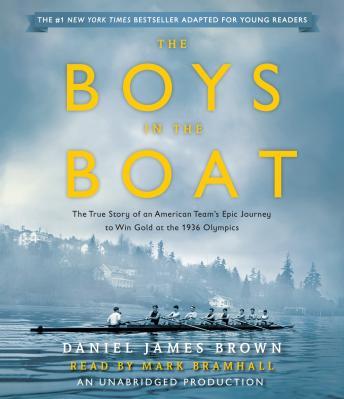
Free Download The Boys in the Boat (Young Readers Adaptation): The True Story of an American Team's Epic Journey to Win Gold at the 1936 Olympics Audiobook by (Daniel James Brown)
Duration: 5 hours, 36 minutes
Writer: Daniel James Brown
Publisher: Listening Library (Audio)
Narrators: Mark Bramhall
Genres: Mark Bramhall
Rating: 4.35
Narrator Rating: 5
Publication: Tuesday, 01 September 2015

The Boys in the Boat (Young Readers Adaptation): The True Story of an American Team's Epic Journey to Win Gold at the 1936 Olympics Audiobook Reviews
joseph j
The book has no swaring that's good . It was vary good It's a vary good book I might even buy a real copy of the book.
Rating: 5
Related Audio Books
Three Cups of Tea: Young Reader's Edition
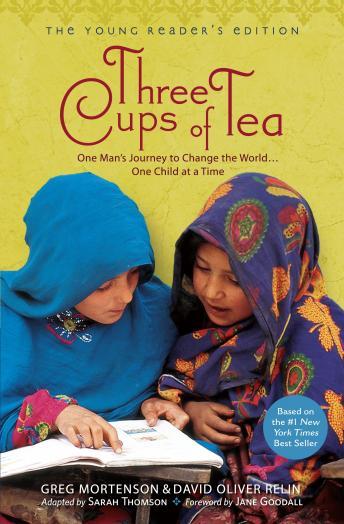
Original Author: David Oliver Relin,Greg Mortenson
Unbroken (The Young Adult Adaptation): An Olympian's Journey from Airman to Castaway to Captive
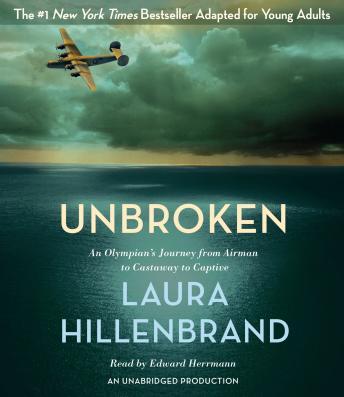
Original Author: Laura Hillenbrand
View From Saturday
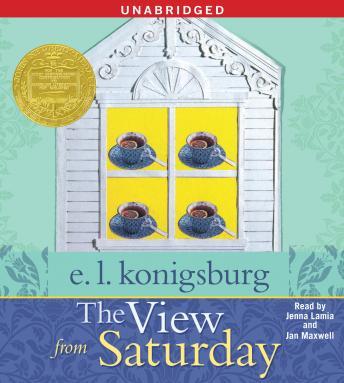
Original Author: E.L. Konigsburg
Heidi
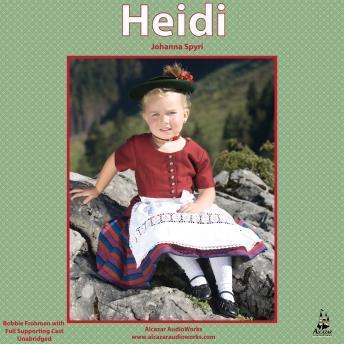
Original Author: Johanna Spyri
Mysterious Benedict Society and the Perilous Journey
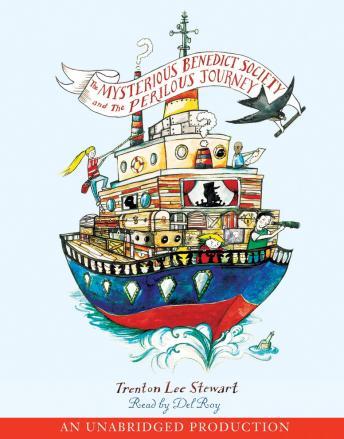
Original Author: Trenton Lee Stewart
Michael Vey: The Prisoner of Cell 25

Original Author: Richard Paul Evans
Little Women
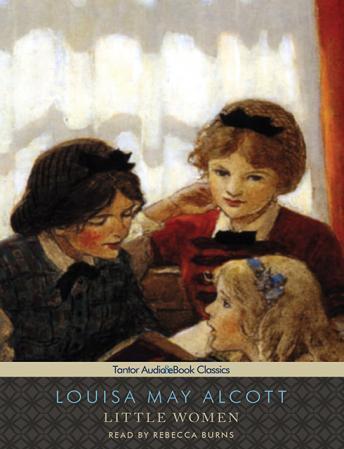
Original Author: Louisa May Alcott
Mysterious Benedict Society and the Prisoner's Dilemma
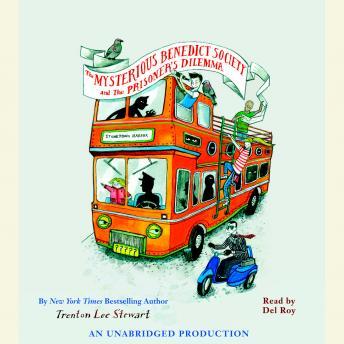
Original Author: Trenton Lee Stewart
Spirit Animals #2: Hunted
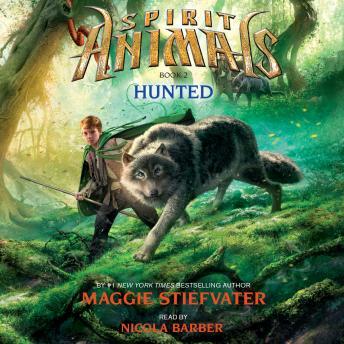
Original Author: Maggie Stiefvater
Holes
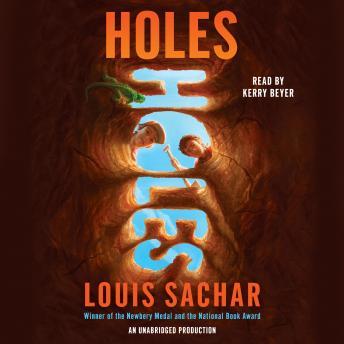
Original Author: Louis Sachar
Hotel for Dogs
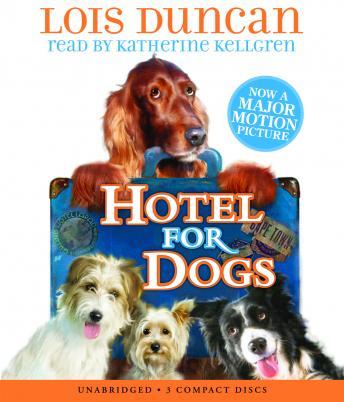
Original Author: Lois Duncan
Mark of the Thief, Book 1
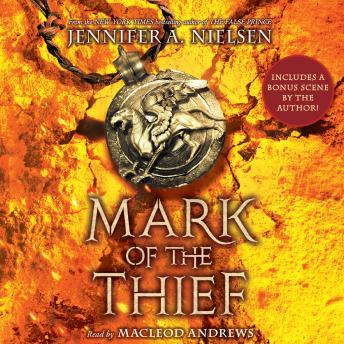
Original Author: Jennifer A. Nielsen
Saving Shiloh
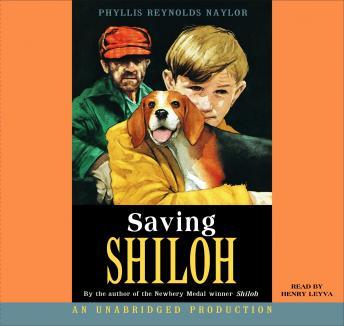
Original Author: Phyllis Reynolds Naylor
Michael Vey 6: Fall of Hades

Original Author: Richard Paul Evans
Secret Keepers
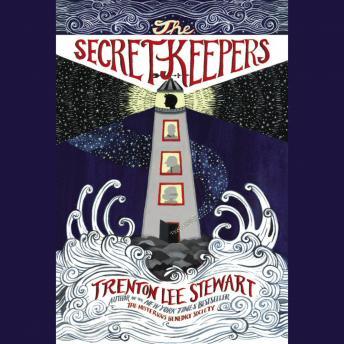
Original Author: Trenton Lee Stewart
Almost Home
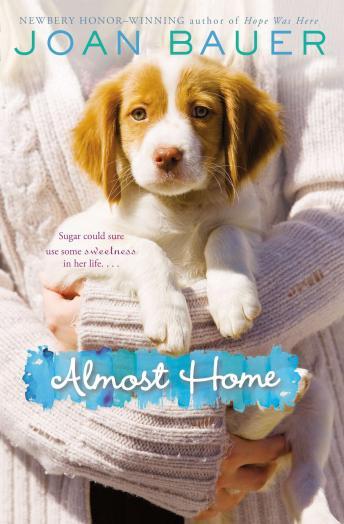
Original Author: Joan Bauer
Bow Wow
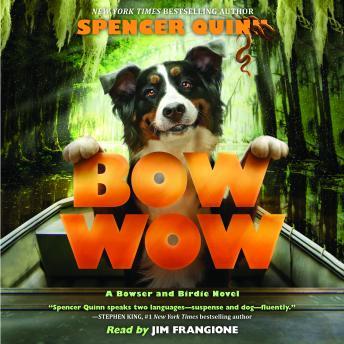
Original Author: Spencer Quinn
Ballad of Songbirds and Snakes (A Hunger Games Novel)
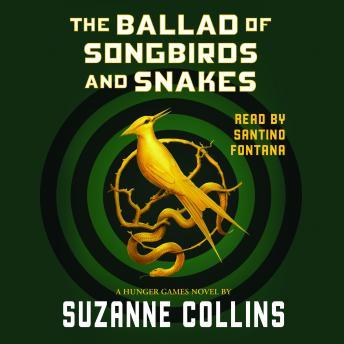
Original Author: Suzanne Collins
Kid Normal

Original Author: Chris Smith| Greg James
Isle of the Lost: A Descendants Prequel
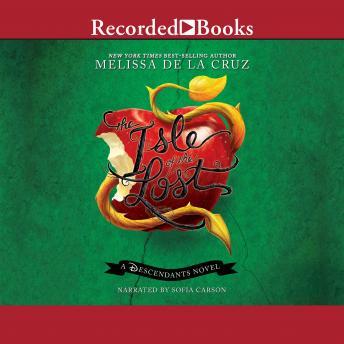
Original Author: Melissa De La Cruz
My Nice Magic Friend The Unicorn
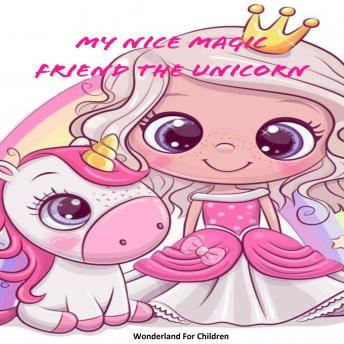
Original Author: Wonderland For Children
Lightning Thief: Percy Jackson and the Olympians: Book 1

Original Author: Rick Riordan
Artemis Fowl Movie Tie-In Edition
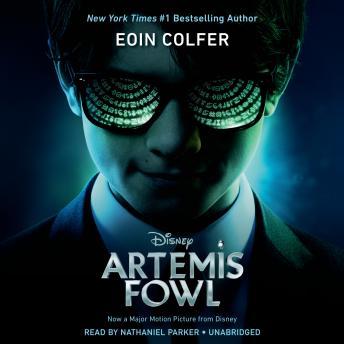
Original Author: Eoin Colfer
Learn ABC: My Alphabet
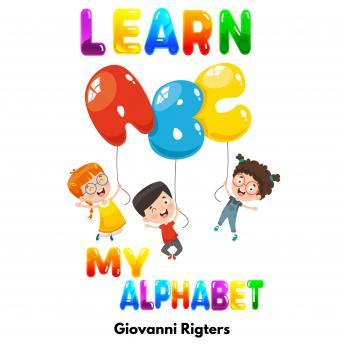
Original Author: Giovanni Rigters
Ali Cross
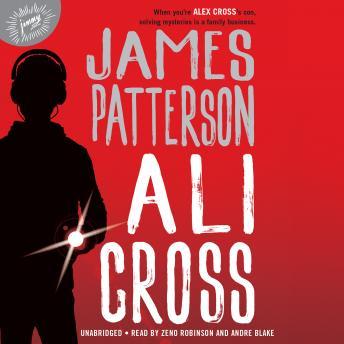
Original Author: James Patterson
0 notes
Text
First Week of January
“We are always ‘here’, but some conditions of existence are more painful than others” -Second Suns, David Oliver Relin
So the first week of January has officially been completed. I didn’t finish everything that I wanted to get done on my planner. But, for most of the week I woke up between 6-7am to get a good early start on my day. 3 of those 7 days was because of work but, I still feel accomplished. I have been following a well known youtuber who does Yoga. This year she started a program called the 31 day Revolution. Everyday she releases a new 20-30 minute yoga video, each with it’s own theme. I was able to follow for the first 5 days. I need to catch up at some point but, I will continue again today. My thoughts on Yoga, which I believe everyone can agree with this, was that I was completely wrong about Yoga. I still like it though. It’s something to look forward to at the end of my day. I grabbed 2 new books at B&N today. The first was the Women’s Magazine Book of exercises and the second is where I found today’s quote, Second Suns by David Oliver Relin. I didn’t plan on buying the second book until I saw that quote and I thought I would immediately regret it if I didn’t take it home with me. Anyway, I’m off to a late start but I’m using today to catch up on all my work (and maybe my Yoga). How was your week? How are you spending this Saturday?
#january#2017#new year#beginnings#accomplishments#honor where you are#yoga#studyblr#studyspo#mcat#books#book quotes#health#exercise#women's health#saturday#talk to me#new blog#medblr
1 note
·
View note
Text
2017 books
january;
remembering the bones - frances itani
have a little faith - mitch albom*****
big magic - elizabeth gilbert*****
mr penumbra's 24 hour bookstore - robin sloan*****
seriously, I’m kidding - ellen degeneres *****
february;
the signature of all things - elizabeth gilbert****
persuasion - jane austen
me and earl and the dying girl - jesse andrews***
escape from camp 14 - blaine harden*****
the boy in the striped pajamas - john boyne*****
march;
every day - david levithan*****
for one more day - mitch albom****
the story of stuff - annie leonard*****
the magician's nephew - cs lewis*****
the lion, the witch and the wardrobe - cs lewis*****
the life-changing magic of tidying up - marie kondo*****
three cups of tea - greg mortenson & david oliver relin *****
april;
will grayson, will grayson - john green & david levithan ****
gizelle’s bucket list: my life with a very large dog - lauren fern watt ****
may;
quiet: the power of introverts in a world that can’t stop talking - susan cain *****
ready player one - ernest cline *****
little bee - chris cleave ***
hollow city - ransom riggs *****
june;
the hundred-year-old man who climbed out the window and disappeared - jonas jonasson ***
where’d you go bernadette - maria semple ****
the kite runner - khaled hosseini ****
the best bear in all the world - aa milne*****
handle with care - jodi picoult ****
library of souls - ransom riggs *****
nineteen minutes - jodi picoult ****
july;
the hundred foot journey - richard c. morais ****
the magic strings of frankie presto - mitch albom *****
great expectations - charles dickens
house rules - jodi picoult ****
memoirs of a geisha - arthur golden ****
august;
the last seven months of anne frank - willy lindwer*****
september;
dreams from my father - barack obama
the one good thing - kevin alan milne
october;
turtles all the way down - john green *****
songs of the humpback whale - jodi picoult
november;
love and other foreign words - erin mccahan****
mennonite in a little black dress - rhoda janzen
payback - margaret atwood ****
the painted girls - cathy marie buchanan
on the other side - carrie hope fletcher *****
december;
all that she can see - carrie hope fletcher *****
the phantom of the opera - gaston leroux
the firelight girls - kaya mclaren ****
fiction ruined my family - jeanne darst
orange is the new black - piper kerman ****
the look of love - sarah jio *****
salem falls - jodi picoult
52/50
1 note
·
View note